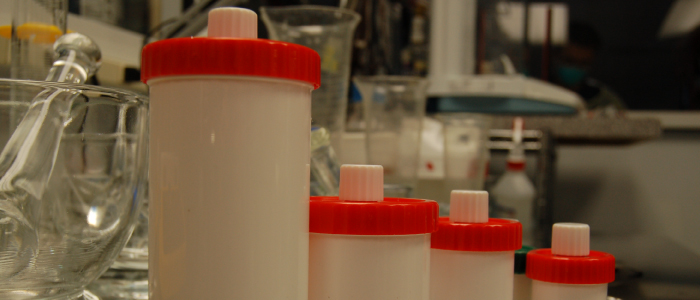 Pain has many components. It is convenient to consider two major elements when we attempt to control pain.
Pain has many components. It is convenient to consider two major elements when we attempt to control pain.
One is the site where the pain seems to be located – in our leg, a hand, our back, etc.
The other is the place in our body where the pain impulses are fed to our brain.This second place is often ignored when attempting to relieve pain, particularly when we are using one of the transdermal dosage forms.
Our experience shows us that we can do a good job of relieving localized pain by applying a properly compounded transdermal medication. There are a number of effective ingredients that work well on specific types of local pain. Some are very helpful in relieving the pain we refer to as muscle aches. Other ingredients help relieve bone pain, nerve pain, or pain associated with inflammation – like arthritis. The correct combination of ingredients can be arrived at by the joint efforts of the patient, the doctor, and the compounding pharmacist.
Getting back to the original discussion of the predominant elements in localized pain – the actual painful site and the place where the pain impulses enter the nervous system. When using a transdermal product it is important to rub it into the place that hurts – hand, knee, elbow, back, etc. It is also helpful to apply some of the transdermal product on the place on the back that corresponds to the nerve path that transmits the pain impulse from the painful area on the body to the central nervous system – and on to the pain centers in the brain. These paths are called dermatomes, and they are an often-ignored location on the body that can potentially assist in huge amounts of pain relief when called in to play.
Read about dermatomes.
The usual instruction for transdermal pain creams is to apply them 3 to 5 times daily. This is a general instruction. It is important to realize that side effects are almost non-existent and that there can be very little harm done by using the products frequently.
The main drawback to heavy use is the extra cost. Be aware that frequent use is sometimes recommended for a time to “get the pain under control”. After this happens, we find that the amount and frequency of use can be reduced. Most people can control their pain – with the correct formulation – by applying the creams 3 times a day, in small amounts.
Sometimes it takes a few days to get to this dose and sometimes we need to make adjustments in content. The key is to be faithful in using the products and in communication – between the patient, the doctor and the compounding pharmacist.
